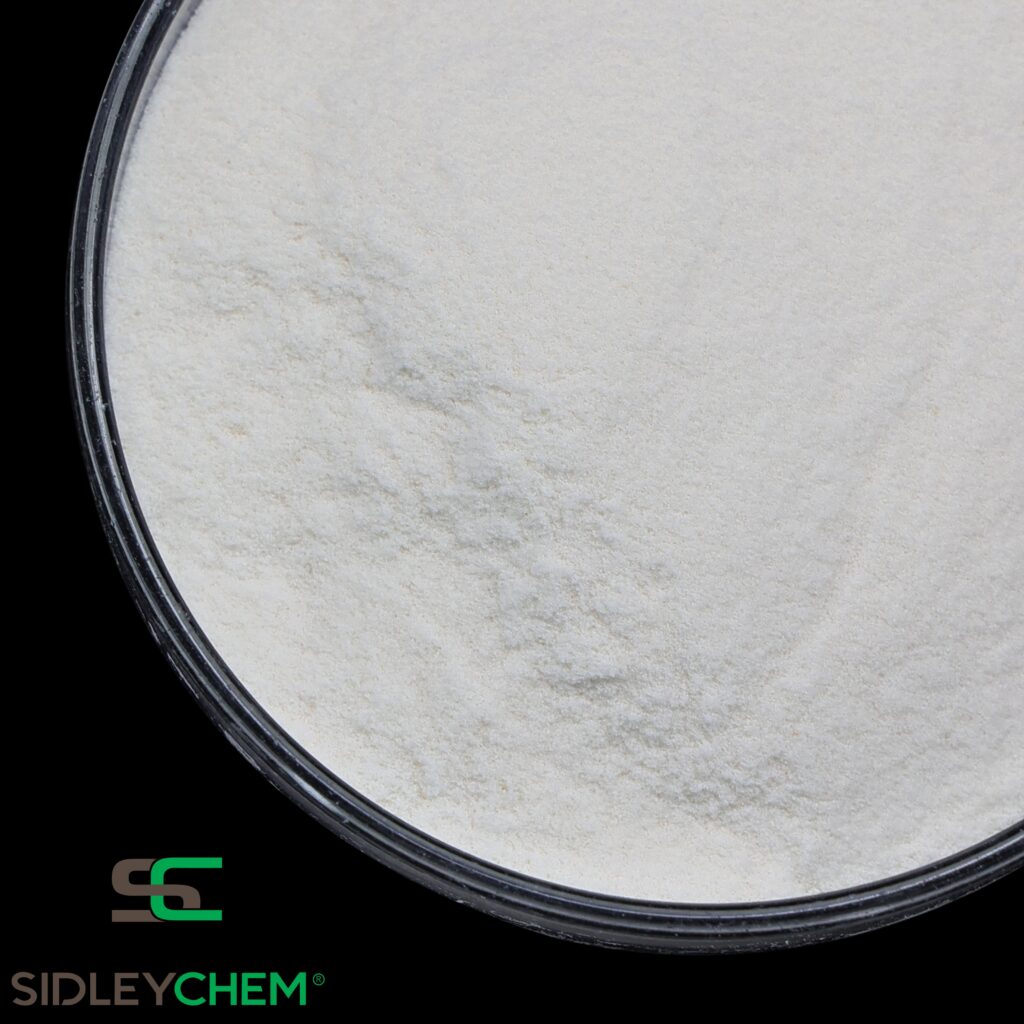
In construction, starch ethers and cellulose ethers are key additives that enhance the properties of mortars. Though they have distinct characteristics, using them together can significantly improve mortar performance.
What Are Starch Ethers?

starch ethers is a polysaccharide polymer compound composed of glucose, with two types of molecules, straight-chained and branched, known as straight-chained starch (content of about 20 %) and branched-chained starch (content of about 80 %), respectively. In order to improve the properties of starch for use in building materials, it can be modified physically and chemically to make its properties more suitable for building materials for different applications.
Etherized starch includes many types of products. Such as carboxymethyl starch ether (CMS), hydroxypropyl starch ether (HPS), hydroxyethyl starch ether (HES), cationic starch ether and so on. Among them, hydroxypropyl starch ether is commonly used for building materials.
When the starch ether is dissolved in water, it will be uniformly dispersed in the cement mortar system. Because the starch ether molecule is in a reticulated structure and negatively charged, it will adsorb the positively charged cement particles, and act as a transition bridge to connect the cement, thus giving the slurry a larger yield value and improving the resistance to sagging or slippage.
How Starch Ethers Benefit Mortar
(1) Thickens the mortar and increases its anti-sagging, anti-sagging and rheological properties:
For example, it is important in the construction of tile adhesive, putty, plastering mortar, especially in the gypsum-based mortar which is now required to have high fluidity for machine spraying, machine spraying of gypsum requires high fluidity but it will bring serious hanging phenomenon, and starch ether can make up for this defect.
Fluidity and sag resistance are often contradictory, with increased fluidity bringing about a decrease in sag resistance. And mortar with rheological properties can be a good solution to such a contradiction, that is, in the application of external forces, viscosity decreases to enhance the constructability and pumpability, withdrawal of external forces, viscosity increases to improve the sag resistance.
For the current trend of increasing the size of tiles, the addition of starch ether improves the slip resistance of tile adhesives.
(2) Extended opening hours:
The use of starch ether can meet the requirements of special tile adhesive with extended open time (Grade E, 20min extended to 30min to reach 0.5MPa).
(3) Improvement of surface properties:
Starch ethers smooth the surface of gypsum-based and cement mortars, making them easy to apply and decorative, which is of interest for plastering mortars and thin-layer decorative mortars such as putties.
Comparing Starch Ethers and Cellulose Ethers

(1) Main Properties: Starch ether effectively improves the anti-sagging and anti-slip properties of mortar, while cellulose ether mainly enhances viscosity and water retention, but does not improve anti-sagging or anti-slip properties.
(2) Thickening and Viscosity: Cellulose ether has a viscosity in the tens of thousands, whereas starch ether’s viscosity ranges from hundreds to thousands. Despite the difference, starch ether is still effective in thickening mortar due to a different mechanism.
(3) Anti-Slip Efficiency: Starch ethers significantly increase the initial yield value of tile adhesives, improving anti-slip properties more effectively than cellulose ethers.
(4) Gas-entraining property: cellulose ether has strong gas-entraining property, while starch ether has no gas-entraining property.
(5) Molecular structure: Although both starch and cellulose are composed of glucose molecules, they are composed in different ways. Starch in all the glucose molecules are arranged in the same orientation, while cellulose is just the opposite, each neighboring glucose molecules are in the opposite orientation. This structural differnce also determines the difference in properties between cellulose and starch.

The Power of Combining Them
- Synergistic Effect: Combining starch ether with cellulose ether enhances the overall performance, significantly improving the sagging and slip resistance of mortar.
- Improved Consistency and Fluidity: In mortars with cellulose ether, adding starch ether increases consistency and fluidity, leading to smoother application and scraping.
- Enhanced Water Retention: Adding starch ether to cellulose ether-based mortar boosts water retention and extends the open time, allowing for more flexible application.
Conclusion
Starch ethers and cellulose ethers are a powerful pair in construction materials. By combining them, you can achieve better results in your projects, whether you’re working with large tiles or decorative mortars.
